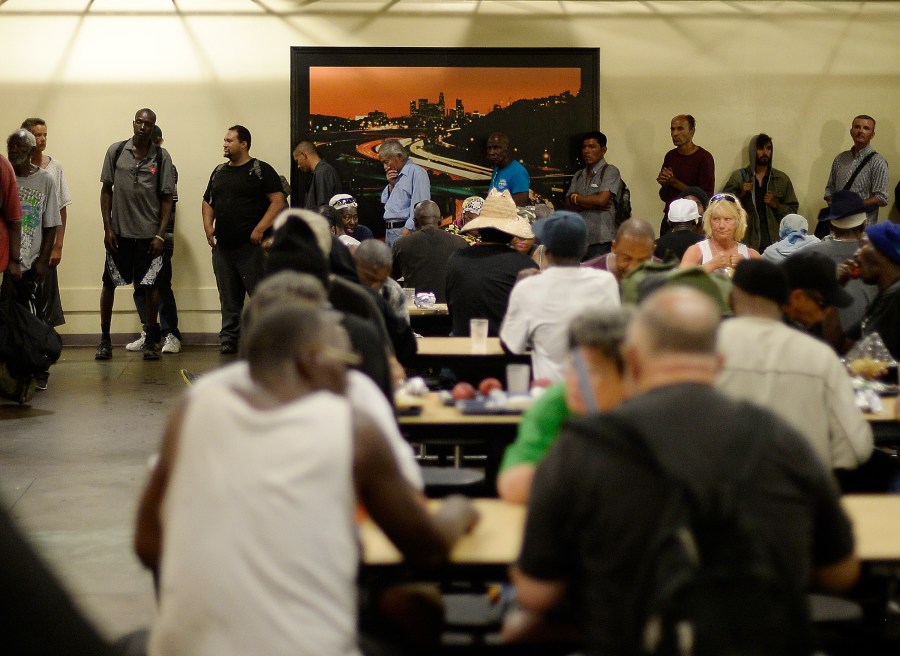More than 1 million residents of Los Angeles County are struggling to stay fed, according to a new study from the University of Southern California.
The study from USC Dornsife found that 30% of Los Angeles County residents are faced with food insecurity — up six percentage points from the previous year.
That staggering number accounts for more than 1 million households, the study shows.
According to Feeding America, food insecurity is defined by the USDA as a “lack of consistent access to enough food for every person in a household to live an active, healthy life.”
Among the most affected by the lack of food access are low-income residents. In 2022, 37% of low-income L.A. County residents were facing food insecurity; that number is now as high as 44% as of July 2023.
Food insecurity is also affecting people of color significantly harder than their white counterparts. The USC study showed that Black and Latino residents were more than twice as likely (38%) to experience food insecurity than white residents (16%).

The increase in food scarcity comes alongside the ending of a federal boost to CalFresh, which provides food to millions of California households.
That program, also known as food stamps, was the benefactor of increased federal support during the heart of the COVID-19 pandemic; but those emergency benefits came to an end in March 2023.
Families receiving benefits from CalFresh, or SNAP as it’s known at the federal level, were automatically given the maximum entitlement for the program for several years due to the federal emergency funding.
The expiration of additional money for food led to many advocates and elected officials warning of a potential food shortage crisis for millions of Californians.
In Los Angeles County, the average CalFresh benefit for a single household dropped from $470 per month to $299 per month, USC researchers said. During that same time period, the amount of CalFresh recipients rose significantly.
“At a time when food prices are high, the current CalFresh benefits are not enough to meet the food needs of many L.A. County residents, and this program is no longer combatting food insecurity as effectively as it once did,” said lead researcher Kayla de la Haye, director of the Institute for Food System Equity at the USC Dornsife Center for Economic and Social Research.
De la Haye said the dramatic increase in food insecurity can be directly linked to the “reduction in food stamp dollars.”
With more people struggling to find adequate food, researchers also found an increased demand for services provided by food pantries and food banks.
While there was no definitive “fix” for solving the growing problem of food scarcity, de la Haye and her fellow researchers said the study highlights the need for expanded participation and benefit levels in food assistance programs, as well as more efforts to lower food prices and increased support for food banks and other programs that “address the gaps left unattended by other initiatives.”
To read more about the study, click here.




















